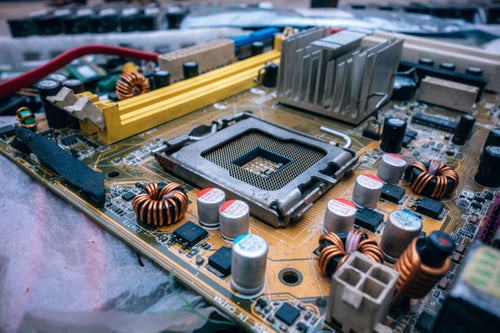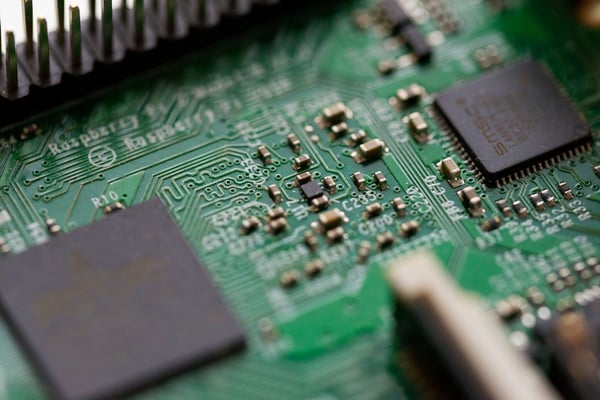RESOURCES
Electronic Power Systems
Introduction:
In order to maximize power transfer while minimizing conductor volume, utility power is generally supplied in a three-phase manner, either with or without a neutral connection. Note, when a Neutral is involved, it is generally connected to the installations safety ground somewhere close to the installations power entry point.

Common voltages for three phase filters in North America include 4-wire Delta Systems with a phase-to-phase voltage of 208VAC/60Hz. It is also common to see 480VAC/60Hz 5-wire WYE systems with a phase-to-neutral voltage of 277VAC, or 208/6-Hz 5-wire WYE system with a phase-to-neutral voltage of 120VAC. In other parts of the world, typical power line voltages include 50Hz 5-wire WYE systems with a phase to phase voltage of 398VAC and a phase-to-neutral voltage of 230VAC, or a phase-to-phase voltage of 380V with a phase-to-neutral voltage of 220V.
Single-Phase Input Power Modules:
Single-phase modules provide the benefit of simpler and more efficient power conversion circuits, but in order to fully balance line currents, power converters must be implemented in multiples of three. Finding the right fit between individual power module size and overall system load can be sometimes challenging. If the modules are feeding a common load, then power-sharing circuitry must be employed between modules so as to assure equal power is drawn from each phase. Power sharing circuits may take the form of a 'droop' share circuit, where small, non-dissipative synthetic impendences are added in series with each module's output. This will force modules to share current as if one unit's current is greater than the others, is output voltage will drop until its load current matches other units in the system. Alternatively, single wire, forced current sharing may be employed, where a separate wire is used to exchange information between modules and the modules will reprogram their output voltage to enable current sharing.

Three-Phase Input Modules:
Three-phase input modules provide the benefit of easing phase loading management, where the number of supplies is not important. (If fault tolerant redundancy is required, then the minimum number of modules required is two.) However, three-phase modules come at the cost of added complexity and reduced efficiency and reliability at the power module level. If the modules feed a common load, power sharing circuitry is still desired so as to assured balanced stresses on modules connected in parallel.
Comparison of Approaches:
Some of the reasons that three-phase modules are less efficient and reliable are as follows: Power conversion efficiency in switching power supplies is a function of the number of switches required to implement the converter, and the voltage and current that these switches must carry. Likewise, converter reliability will be a function of the number of components required, and the stress levels these components must work at.
Conclusion:
Through their optimal use of commercially available components and overall reduced component count and complexity, single-phase power modules provide the best solution for electronic systems that are to be powered from three-phase utility power lines.

